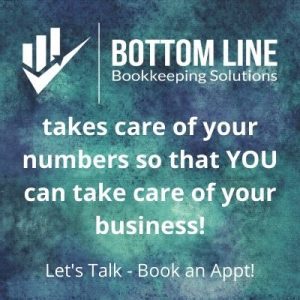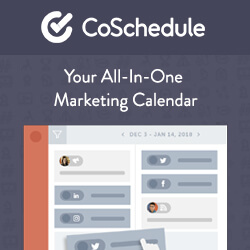Today's guest post is from Nanette Levin, a copywriting and marketing expert. You can learn more about Nanette and her services at http://nanettelevin.com.
“You do not have to explain every single drop of water contained in a rain barrel. You have to explain one drop—H2O. The reader will get it.”
—George Singleton
Concise writing is an art. Hopefully someday, marketers, advertisers and copy writers will all converge on this ideal. It starts, but then we get drawn back to the ‘proven research’ that long copy sells better by getting the reader to invest so heavily before the price or punch line is revealed, they’re more inclined to buy. Hence the ten page direct mail pieces and more recently, the electronic sales pitches (with obnoxious font choices, tons of headlines, pages of horrid drivel and red ink throughout). What they don’t tell you is a 1-3% conversation rate is considered a resounding success. Most of us can’t afford to play with such dismal numbers – let alone alienate so many along the way.
Write to sell
Those who aspire to be great writers should take lessons from compelling public speakers.
If you’re writing, you’re selling. Whether it’s personal outreach, promotional copy for a client product or service, encouraging others to support a charity cause or creative prose you put out there for others to enjoy, what you say and the way you say it will cause people to read or leave. Learning to make your message tight takes time. So does the editing process to make it so.
Not surprisingly, new writers tend to believe more words make a better product. In school, we struggle to add content to meet a word count for term papers and other writing assignments rather than focus on paring down to improve and polish. Magazines tend to pay more for longer articles (if real talent and time was being measured, the shorter ones that express the same points should be paid the premium price). It’s a lot easier (and faster) to scribe an e-mail, article, letter or other missive that’s stream of consciousness vs. reviewed and enhanced through careful consideration for the reader’s experience. Speakers often get paid more for longer presentations (the best ones I’ve witnessed are less than 20 minutes).
Great public speakers are artful writers – and researchers
I was wowed in 1999 when I witnessed Bill Bradley in a live presentation. I’ve never seen a better speaker prior or since. He presented at the University of Rochester to a college student, staff and alumni crowd. Presidential candidate Bradley took the time to get to know his audience prior to crafting his words and presented a speech that was so informed, humble and engaging he made every attendee feel he was speaking to them – all while telling stories and personal history challenges that left everyone in the audience feeling like this was a guy you’d want to call friend. This was accomplished in about 15 minutes. The lessons I learned from witnessing this masterful public speaker have stayed with me ever since – not only from a public speaking standpoint, but a writing one too.
Great speakers who can win you over in moments provide a super model for writers to mimic. Keep it short. Make it personal. Be real. Know your audience and craft comments that demonstrate you identify with them. Use stories relevant to your audience issues and perspectives to illustrate your points. Research and edit to show you relate to your reader and respect their time by keeping it tight.






